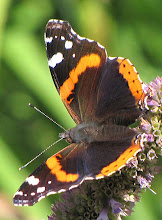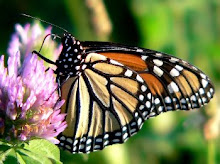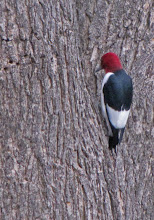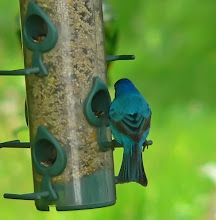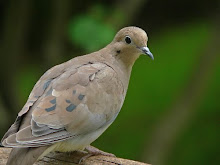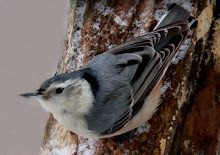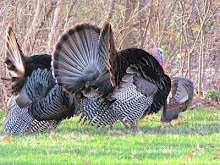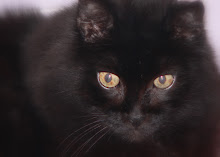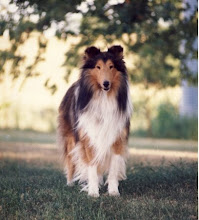It was a soggy weekend here but the rain was much needed. None of my garden chores got done but I did have a wonderful time watching the birds. I saw some new ones and identified some migrants passing through on their way to Canada. More about them in a future post.
I snapped a few photos Friday evening before the rain began. I'm so pleased a few things are finally blooming here, it was a very long winter.

Lovely Virginia Bluebells just opening.
 Trillium showing off their pretty dappled foliage.
Trillium showing off their pretty dappled foliage.

Some interesting facts. These birds are very shy but can sometimes be seen on farms and in hedgerows. They are excellent parents and defend their nests bravely. Thrashers are related to the Mocking Bird and mimic the songs of other birds repeating each note twice. In this area Brown Thrashers are summer visitors arriving just as the insects begin moving about in the spring.
NOTE: The first photo is of False Rue Anemone and not Wood Anemone as stated. False Rue Anemone Enemion biternatum is being over run with garlic mustard in most of it's natural habitats. Thank you Trout Birder for pointing that out on your site.
 Trillium showing off their pretty dappled foliage.
Trillium showing off their pretty dappled foliage.I was happy to see this feathered visitor. The Brown Thrasher is really more cinnamon than brown. This large, handsome bird spent the day moving leaf mulch looking for snails and insects. A welcome friend in anyones garden. ( Sorry for the poor quality photo. It was a really bad angle through a barn window, that's why it's so hazy. )

Some interesting facts. These birds are very shy but can sometimes be seen on farms and in hedgerows. They are excellent parents and defend their nests bravely. Thrashers are related to the Mocking Bird and mimic the songs of other birds repeating each note twice. In this area Brown Thrashers are summer visitors arriving just as the insects begin moving about in the spring.
NOTE: The first photo is of False Rue Anemone and not Wood Anemone as stated. False Rue Anemone Enemion biternatum is being over run with garlic mustard in most of it's natural habitats. Thank you Trout Birder for pointing that out on your site.








